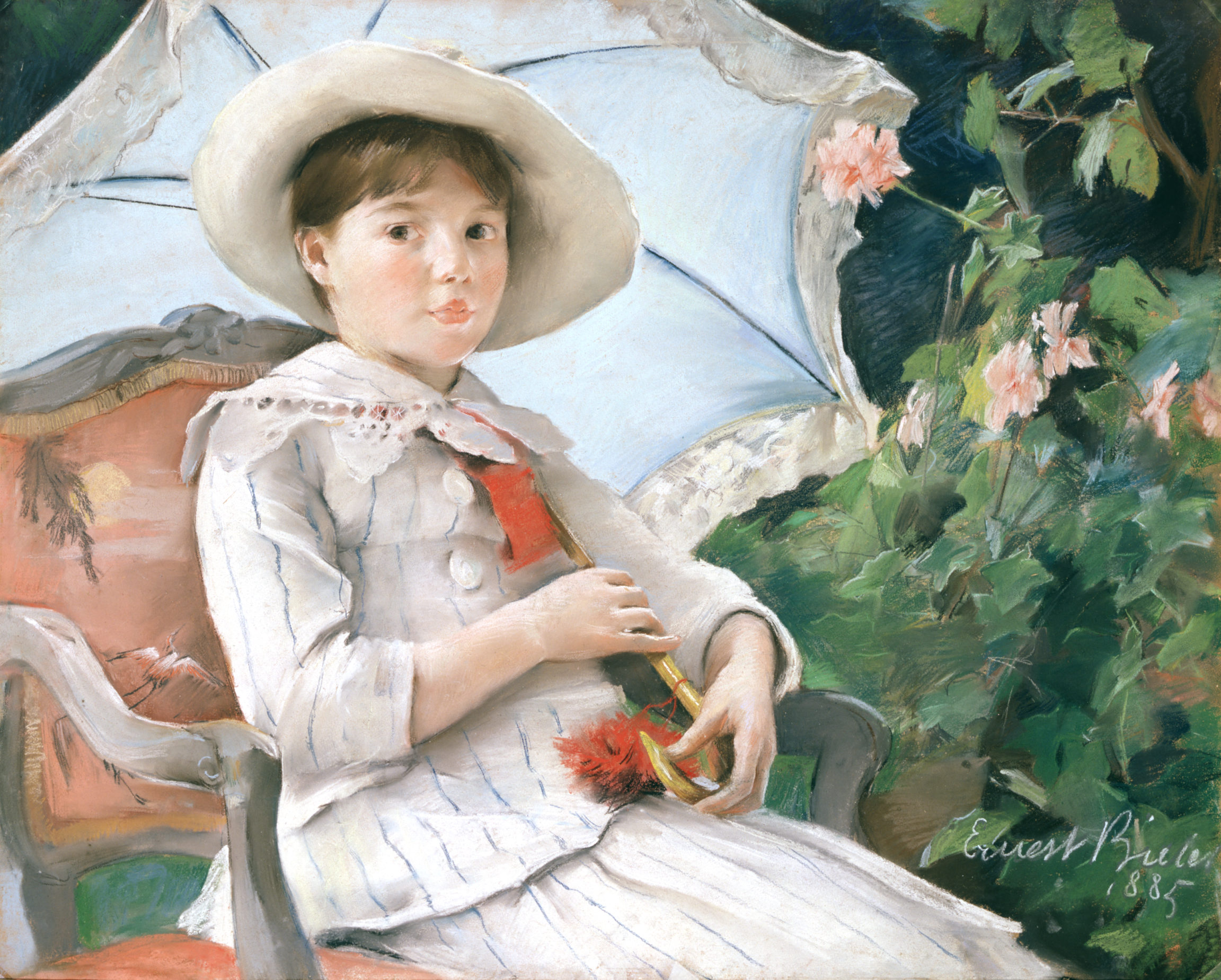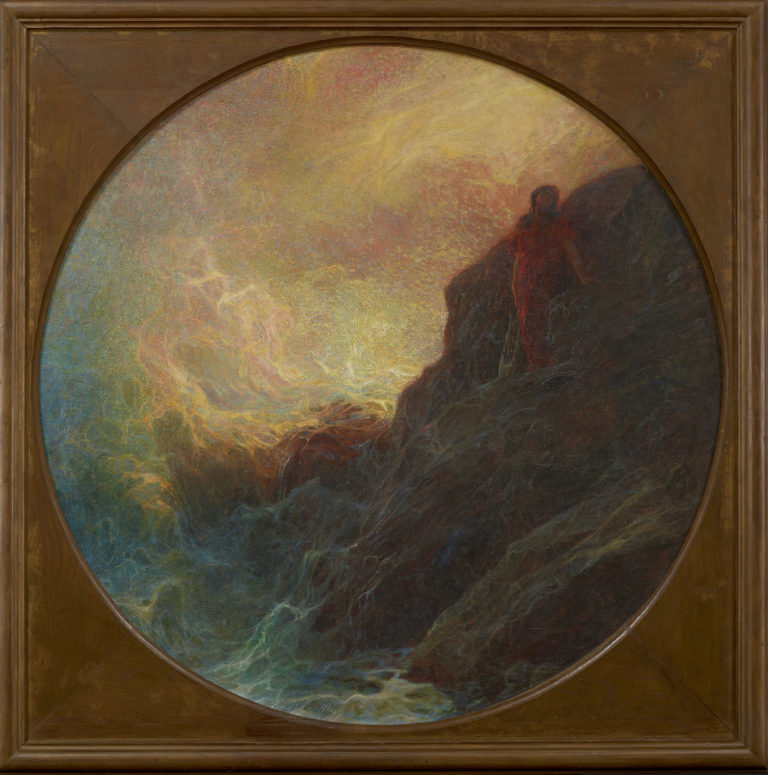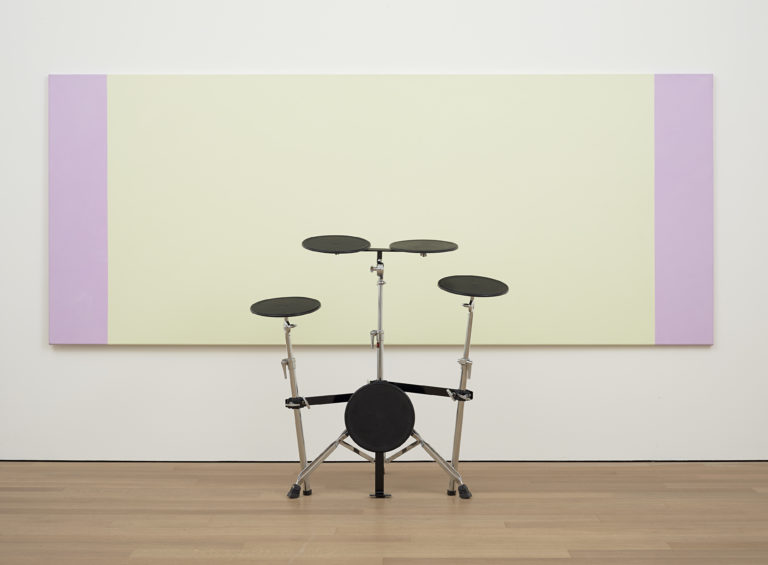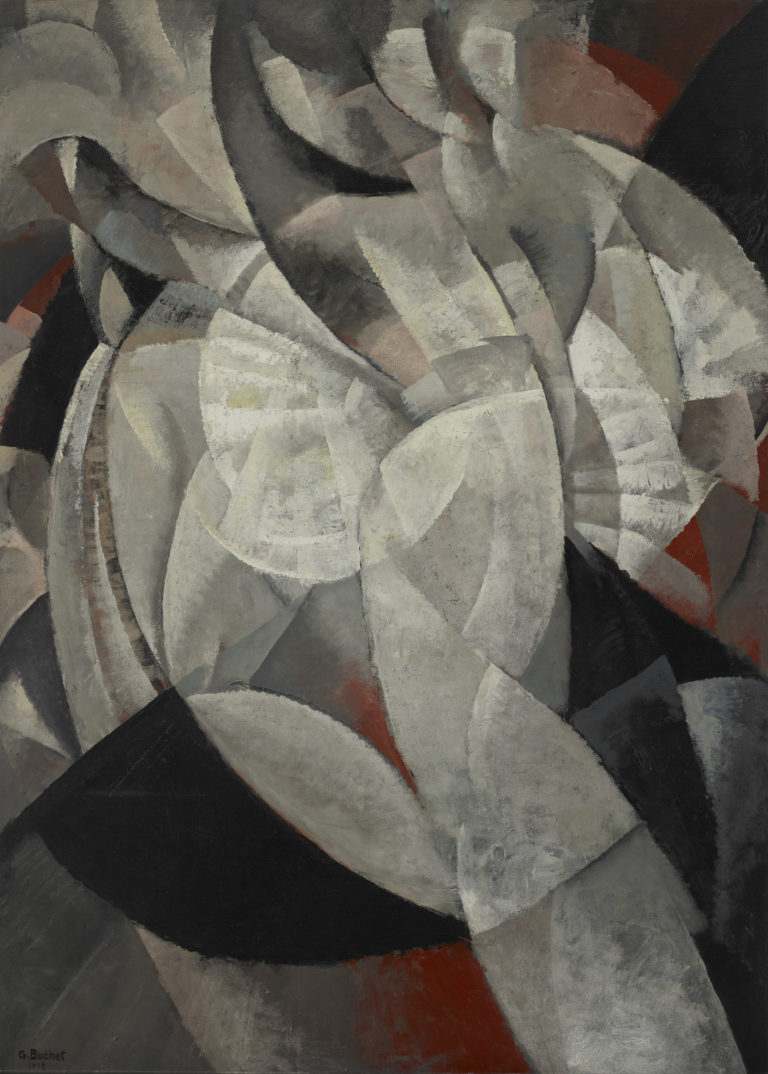Bibliography
Ethel Mathier (ed.), Ernest Biéler. Geträumte Wirklichkeit / Réalité rêvée, exh. cat. Bern, Kunstmuseum Bern, Martigny, Fondation Pierre Gianadda, 2011: 21-22, and n. 4.
Christoph Vögele, ‘Damen und Dandys, Nymphen und Bauern. Ernest Biélers Menschenbild zwischen Realismus und Idealismus,’ in Jörg Zutter et Catherine Lepdor (eds.), Ernest Biéler (1863-1948). Du réalisme à l’art nouveau, exh. cat. Lausanne, Musée cantonal des Beaux-Arts, Solothurn, Kunstmuseum Solothurn, Milan, Skira, 1999: 35-57, and n. 6.
Madeleine Biéler, Ernest Biéler. Sa vie, son œuvre, Lausanne, Éditions à La Louve – Charles Bonnard, 1953 : 18 and 41.




Ernest Biéler moved from his native Switzerland to Paris in 1880 to study at the Atelier suisse, the Académie Colarossi and the Académie Julian. In 1884, he visited an exhibition in memory of Édouard Manet, which wholly won him over to the open-air school: “When I arrived in Paris, Manet’s ‘open air’ was on everyone’s lips. Shortly after his death, the École des Beaux-Arts held a major exhibition of his paintings: it drew large crowds and was very interesting, with plenty of pochades [i.e. small sketches focusing on colour and atmosphere] and portraits in pastel”.
Much of Biéler’s output at this point in his career was portraiture: he hoped to attract private commissions to ease his financial difficulties. This remarkably executed pastel, produced on a summer trip back home in Lausanne, has rightly been compared to an oil painting that struck Biéler at the Manet retrospective, Dans la serre (In the Conservatory, 1879, Berlin, Nationalgalerie). This work has much in common with Manet’s portrait of Madame Jules Guillemet, sitting in the corner of a bench against a backdrop of oleander with a parasol on her knees, her left hand elegantly ungloved. While Nathalie’s lively eyes are a far cry from Madame Guillemet’s air of melancholy, the composition, the close framing that cuts off her parasol, the gracefully half-open hand, and the Japanese-style silk upholstery on the chair all echo Manet’s techniques and motifs. Biéler plays with complementary shades of green and red, contrasting with the bright white of Nathalie’s Sunday best dress. The parasol behind her fresh complexion acts as a screen, heightening the sensation of light.